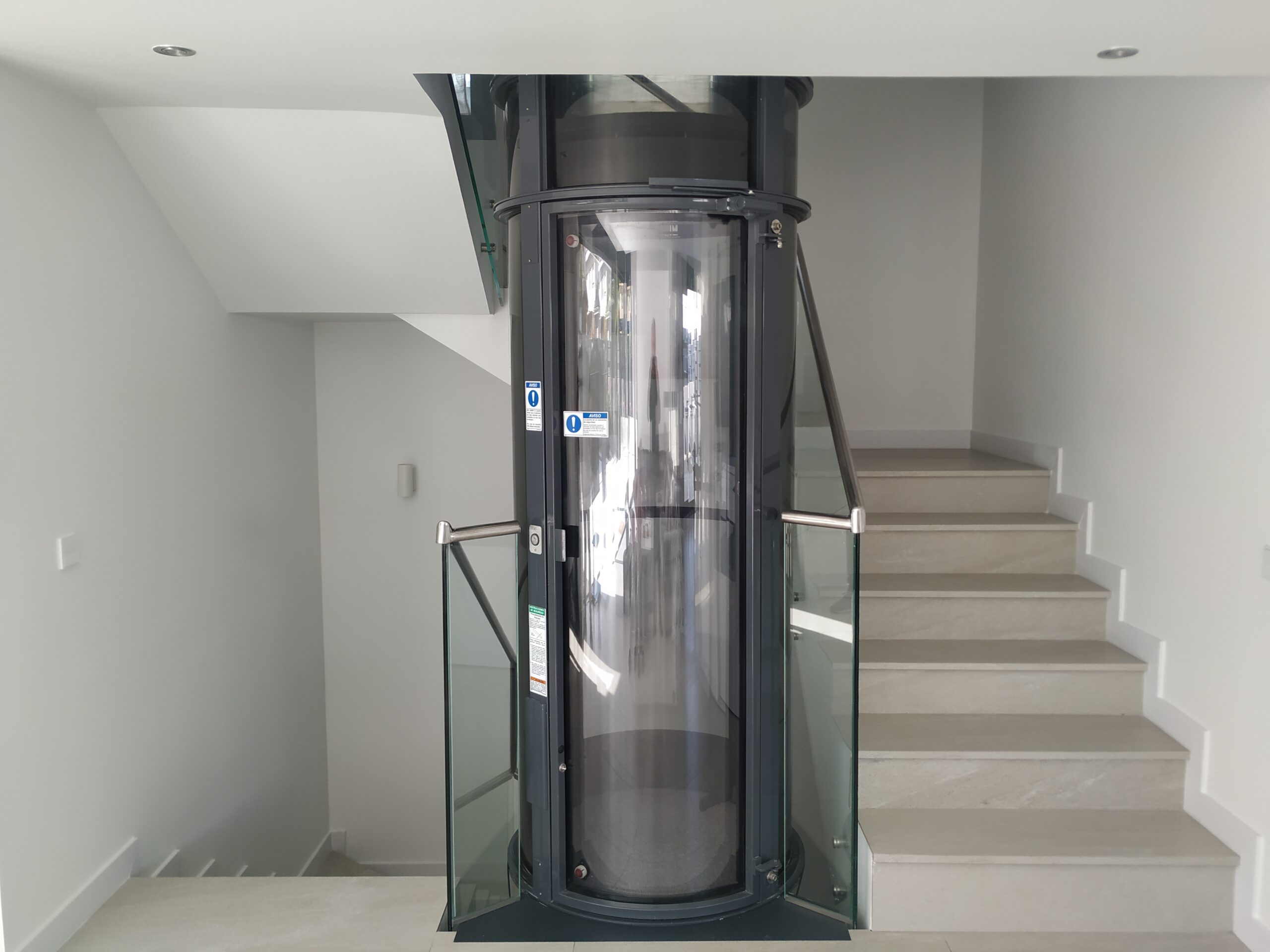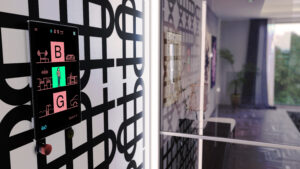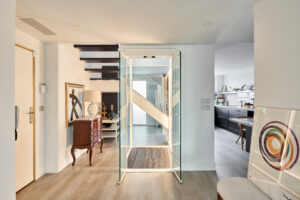Residential elevators
Home elevators adapted and accessible for inside your home
Updated: 22-08-2024
I’m sure you’ve looked at the stairs thinking, I don’t know how I’m going to do it this time, I wish I had an elevator at home that was accessible and adapted to the home! Maybe because you have a family member with a disability or mobility problem. Or maybe you are thinking of selling or renting your home, time to study how to give it an additional value, and with such fundamental aspects as accessibility within the home and the elements of adaptation for it.
Currently, 1 in 5 Spanish households have at least one member with a disability, and there are more than 8 million people over the age of 65. Either because in your home you share some of these situations, or because you want to increase the value of your home for sale or rent, making your home accessible is a premise in the reform of your home.
Why install an elevator at home? 7 basic aspects in the accessibility of a home
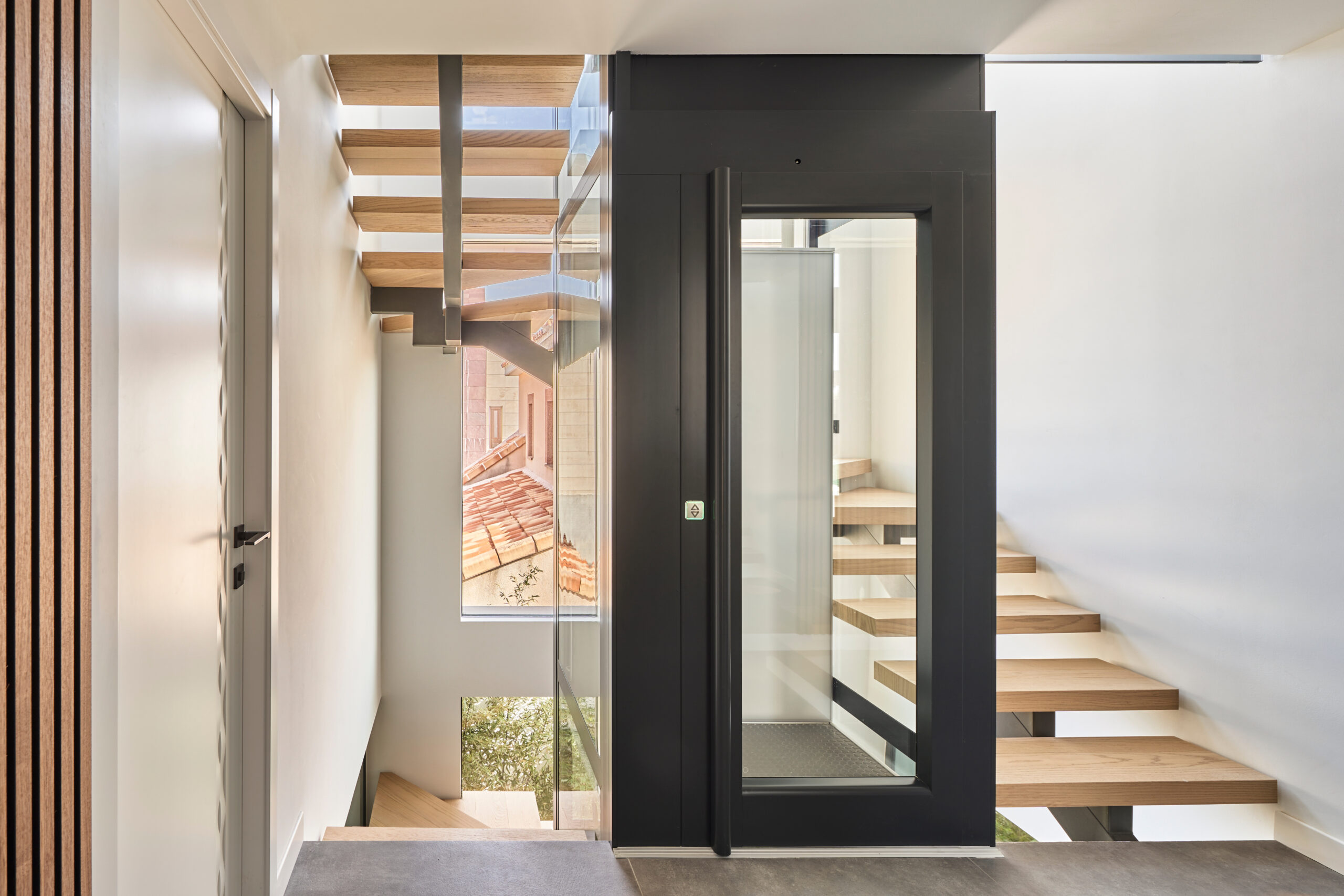
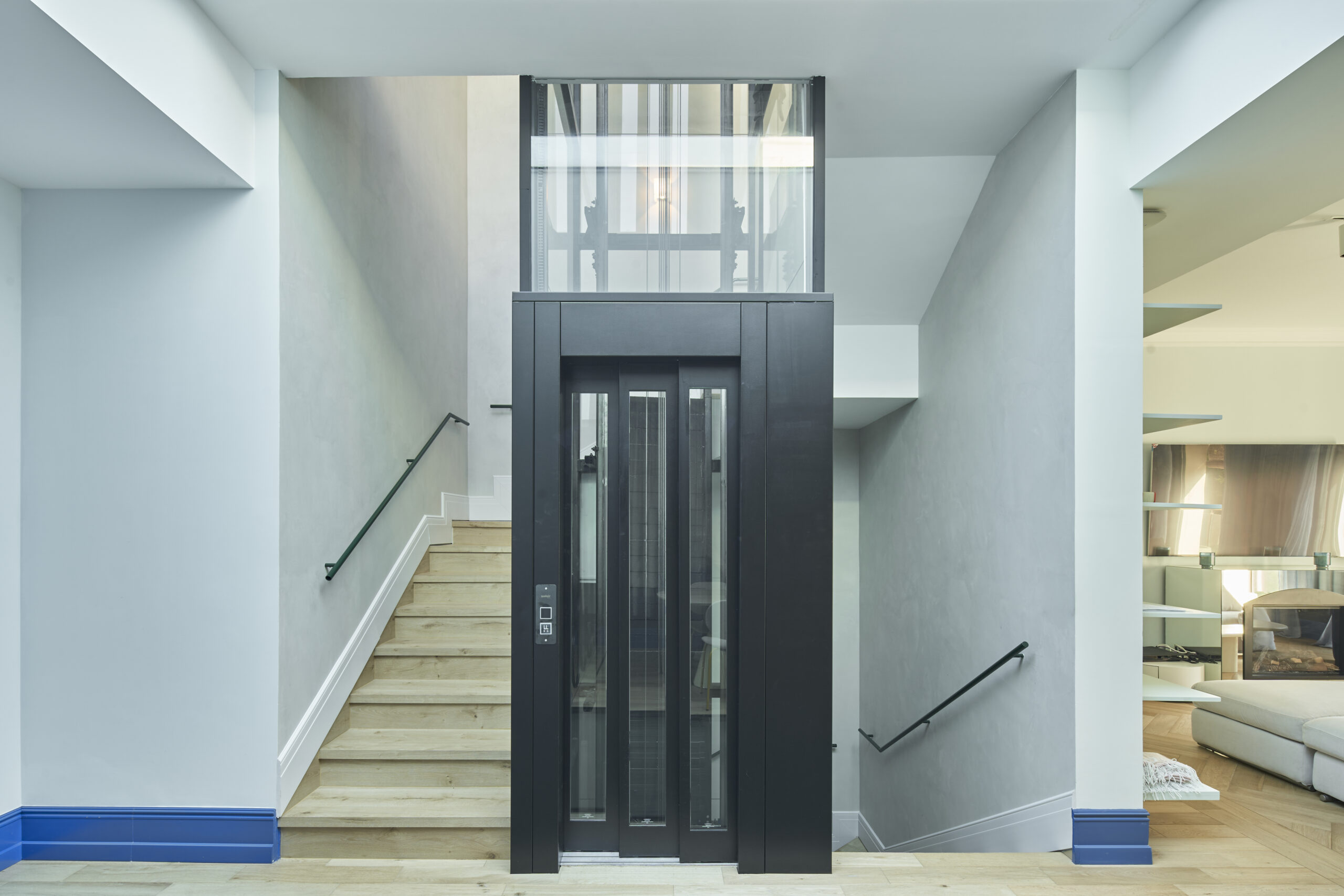
Single-family elevators in multi-story houses
Living in a house with several heights is not an excuse to lose autonomy and feel enclosed in it, a domestic elevator is an excellent solution to make your home fully accessible. The single-family elevators that we install in Wolair adapt to the number of floors of each residence and the cabin space needed by each family.
The single-family elevators that we install, require very small pits and are quick to install, operate with low power consumption by plugging into the electrical current of the house. A clean, safe and durable technology.
Unobstructed access to housing
In single-family homes, it will be necessary to have an entrance wide enough for people in wheelchairs, where there are no steps of course, and which communicates the entrance from the street with the entrance of the house through a smooth, non-slip pavement, and as direct as possible, so that it is easy to reach the interior.
Wide spaces for a comfortable movement
It will be necessary to convert the corridors and rooms into the widest possible spaces. By removing the less useful furniture and changing the distribution to make it more diaphanous, you gain space and therefore, movement.
Non-slip floors
As in the access from the street to the house, it is essential to choose a floor that does not have irregularities and that is not slippery, choosing a floor with a small grain or porosity is the best option.
Lights at the right height
The switches must be at an accessible height for family members who will be moving around in wheelchairs. If fluorescent light switches are also installed, they will guide when the room is dark, a very useful option for the whole family.
Sufficiently wide doors
When adapting the home, it is essential that the doors are wide enough to be accessible to wheelchairs. Knobs should be replaced by handles and, as with switches, should be at a comfortable, wheelchair-accessible height.
Adapted bathrooms
During the renovation, at least one of the bathrooms should be made accessible. This is achieved by replacing the bathtub with a shower tray, preferably at floor level. In addition, the wall should have points of support and support, which largely prevent domestic accidents.
If you want to rehabilitate your house to turn it into an accessible home, you can contact us and explain what you need, we will tell you how we can help you improve your quality of life.
